update time:2023-01-28 16:32:58
Views:1342次
The compaction effect of the Rapid Impact Compactor is characterized by pulse-shaped loading of the ...
The compaction effect of the Rapid Impact Compactor is characterized by pulse-shaped loading of the ground and is achieved by a specific number of blows. The ground to be improved is both compacted and displaced depending on the soil type, thus, causing plastic deformations in the near-field while elastic waves are generated in the far-field. The nature of vibration excitation (transient or periodic) is one of the limiting factors for the allowable impact on buildings and human beings and has to be taken into account for the assessment of standardized limit values.
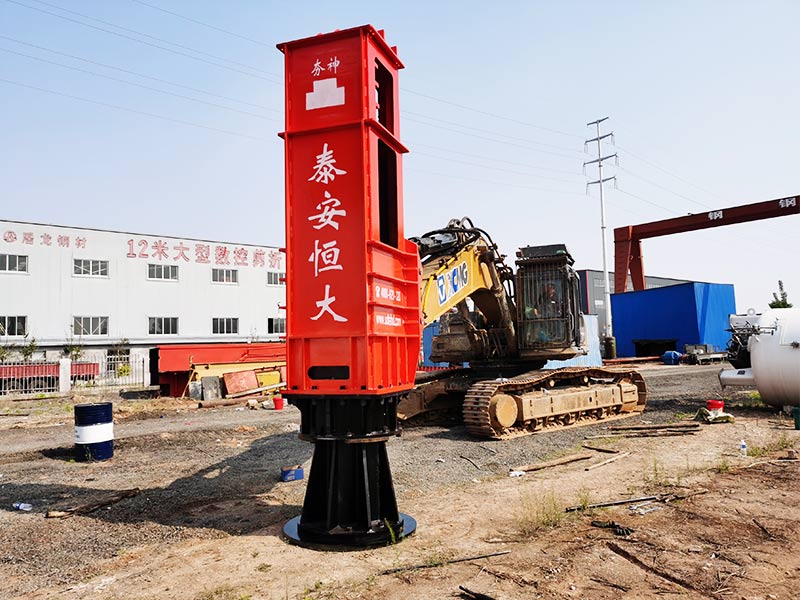
RIC utilises a 7 tonne hydraulic piling hammer repeatedly hitting a heavy 1-1.5m diameter steel foot. Recurring blows at each treatment position create imprints, which are subsequently filled with granular material. The pattern is then repeated at offset locations in order to provide treatment depths of around 3m.
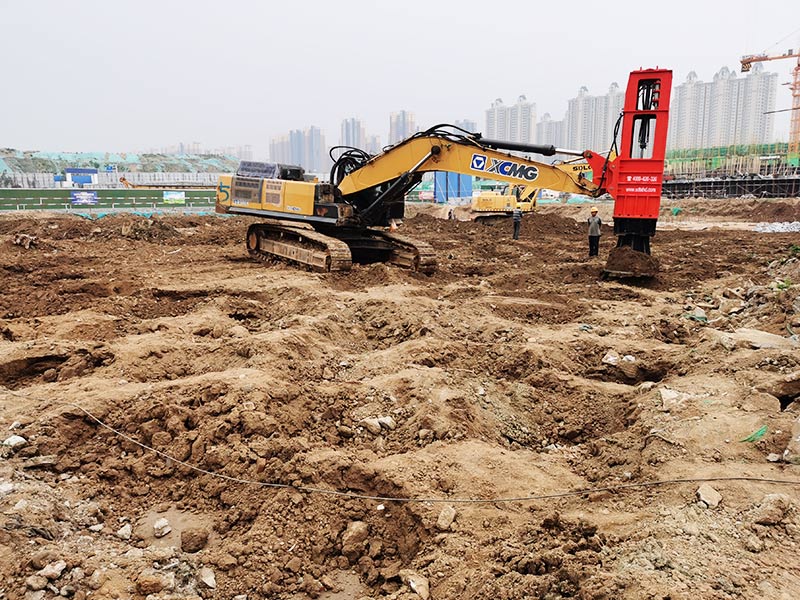
The RIC attachment currently being manufactured by Hangshen is mountable on a regular hydraulic crawler excavator in the 30t to 65t operating weight category. During controlled impact the RIC's 1.5m diameter foot stays in contact with the ground, ensuring efficient impact energy transfer to the ground at all times. Energy is imparted by dropping the weight through a relatively small height of up to 1.2m at a rate of between 30 to 80 blows per minute.
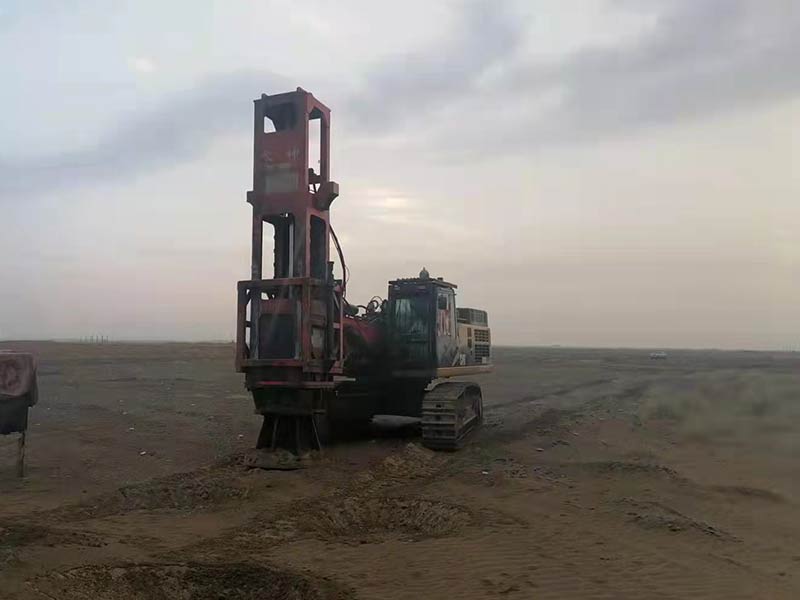
The latest generation HC models in the RIC range are available with drop weights of 5t, 7t, 10t and, more recently, a 16t version has been introduced. Treatment is effective in top layers typically down to 6m depth. The latest HC model, complete with a 10t drop weight, is fitted with a new sound attenuation pack which has been designed by Hangshen to significantly reduce the noise level produced by the compactor when in operation.
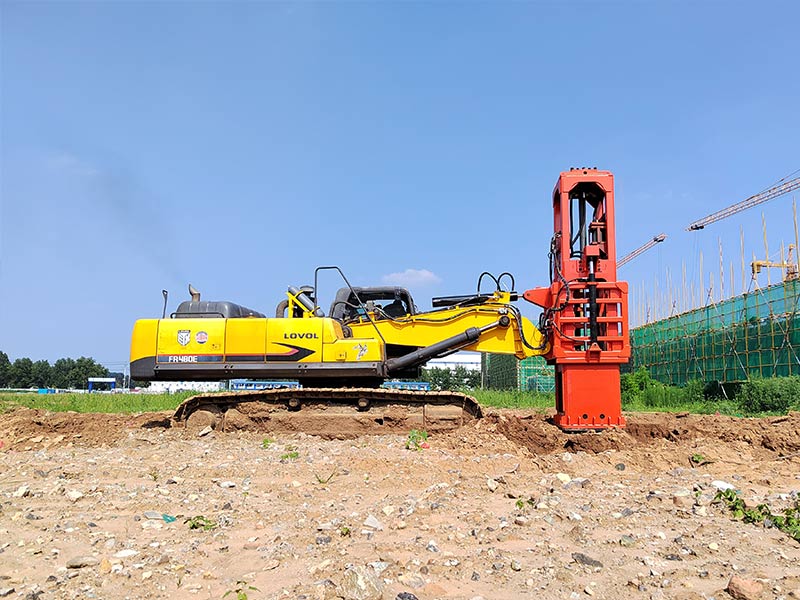
Most granular fills and some silts are compactable, The best results being achieved where the fill is well-graded particle size. An area of 800m² -16000m² can be covered in an average day (depending on the ‘blow-perposition’ setting.) This also allows time for routine maintenance and rotation of the special dolley pads located in the foot assembly which transfers the force of the blow through to the ground.
RIC increases the stiffness and shear strength of soils through the use of impact compaction effort. Specific benefits include:
Increases Standard Penetration Resistance – the standard penetration resistance (N-Values) of loose granular soil can increase significantly. In developing an RIC specification for a project the minimum target blow count for the performance required should be specified.
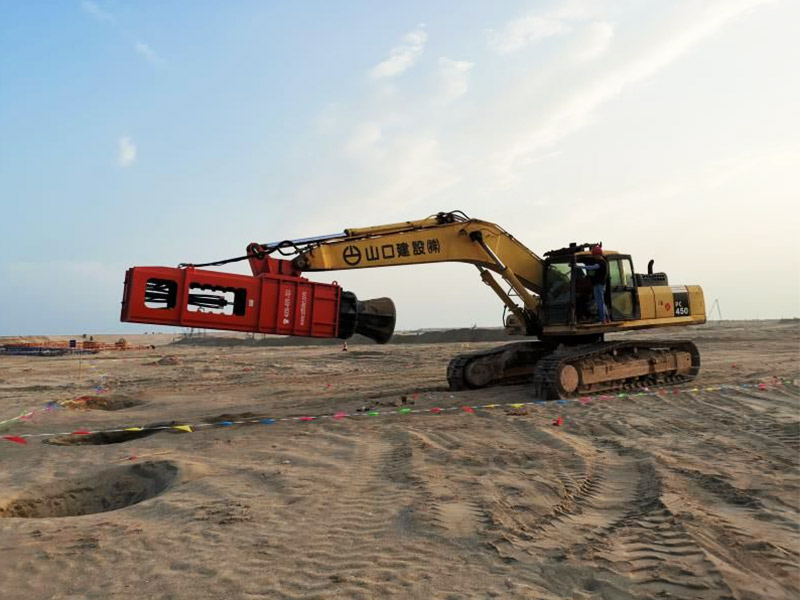
Small Buildings and Floor Slabs – RIC has been used to improve soil under 2 to 3-story building footings and floor slabs.
Replace Surcharging – Instead of using a surcharge to consolidate the soil under a static weight, Rapid Impact Compaction consolidates it immediately.
Replace Over Excavation – Loose fills or soils can be consolidated immediately without the need to replace the soil.
Improve Lateral Load Capacity for Piles – The lateral load capacity of a pile is greatly influenced by the stiffness of the upper 10 feet of soil in which it is driven. By densifying the upper layers of soil the lateral capacity is greatly increased.
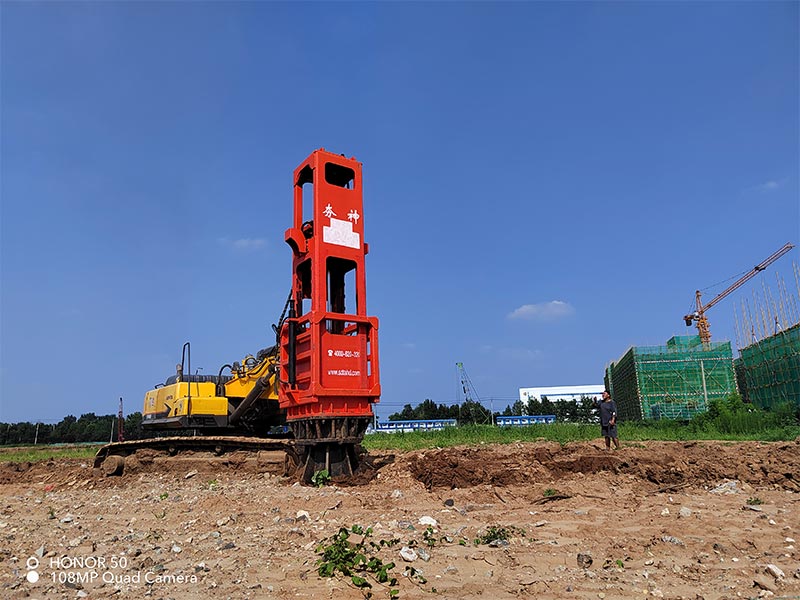
One advantage of RIC is that the drop height and number of blows can be varied based on the soil conditions. Through a test program, we will work with the Geotechnical Engineer of Record (GER) to determine the appropriate improvement criteria and RIC set-up for various areas of the site. For a site with a mixed soil profile and varying thicknesses of sand and clay, the ability to accurately control the amount of energy delivered to the ground is critical as it allows one to improve the loose overlying loose soil without liquefying the fine grained soils below – providing more uniform compaction.
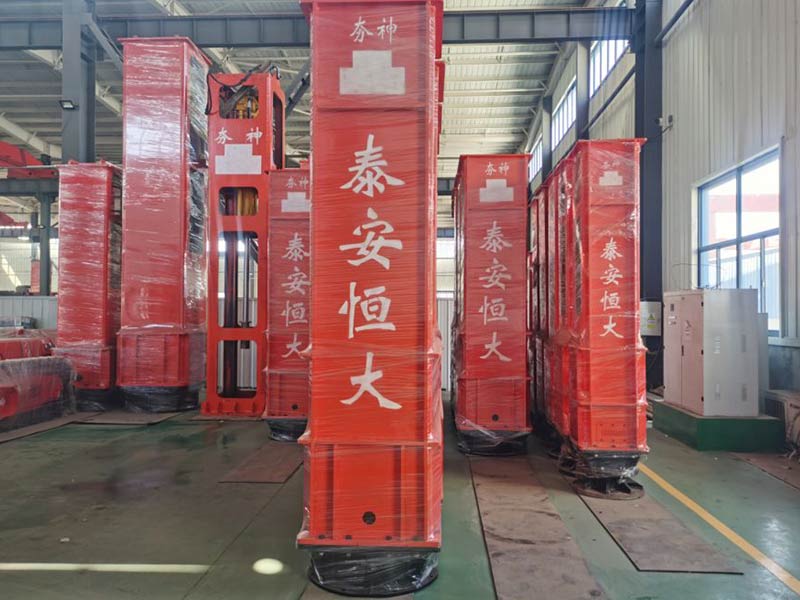
The RIC compactor is mounted on a excavator so that moving around the site is easy. The compactor consists of a 7.5-ton weight falling approximately 36 inches onto an anvil in contact with the ground at a rate of approximately 40-90 blows per minute thereby compacting approximately 800 sf of area per hour. Onboard diagnostics equipment allows the compaction effort to be stopped when optimum compaction has been achieved.
How do you compact without a plate compactor? - HENGDA RIC
RIC typically employs a 7 tonne weight dropped repeatedly th...
What is a hazard when using a rapid impact compaction to compact soil?
Rapid Impact Compaction consists of an excavator-mounted, hy...